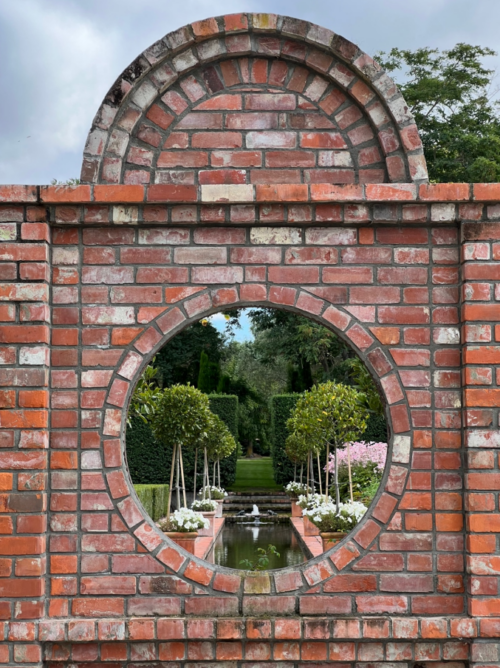By Jill Lowe
The third little pig, wise and true, built a house of bricks, sturdy and new.
Whether we talk of the Patterson – McCormick Mansion in Chicago or the Great Wall of China, where the predominant building material is brick, there is a soundness in quality.

Patterson – McCormick Mansion on East Burton Place, Chicago built 1891

The Great Wall spans thousands of miles in northern China. The part we can see today was primarily constructed in the Ming Dynasty about 700 to 400 years ago. Many materials were used but brick was the most common, some say numbering 42 billion bricks.
We are told that brick has been with us for centuries dating from Mesopotamia, as well as references in the bible to the Tower of Babel, and with evidence of ancient temples being made of brick.
Chicago’s history with bricks is tied to the Great Chicago Fire of 1871.
Earlier, by 1830, first settlers in Chicago built in wood with “ballon frame” technology – it being essentially 2×4’s and nails, so as to erect buildings very fast, thus setting the stage for the city to burn to the ground.
Those initial years after the fire still saw buildings of wood, until insurance companies declined to insure such buildings, allowing the wisdom of the 3rd little pig to prevail. The surge in brick buildings in Chicago after the fire has given us enormous diversity in style and decorative brick designs which will be discussed later.
Many residential buildings are construced with brick. Taller building may also be of brick, but there is a limit in height for such load-bearing buildings. Generally speaking for a load-bearing building, the maximum height is approximately 16 stories, because the wallls at the base of the building need to be so thick to support the height, thus losing usable space at the base. It then becomes impractical to go higher. The Monadnock building in Chicago is at 16 stories.
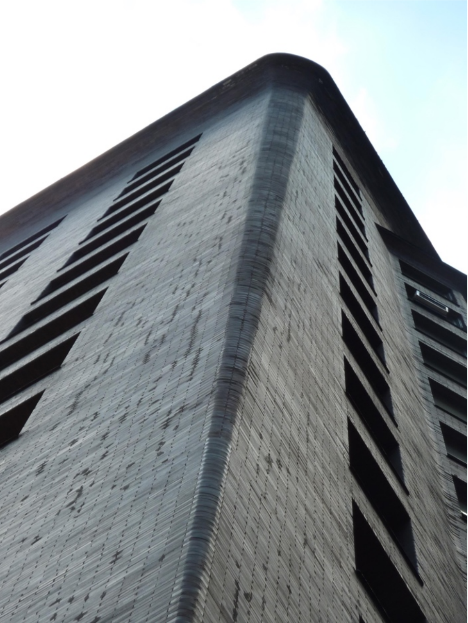
The 16 story load-bearing Monadnock building in Chicago
An intersting feature is the use “chamfered” bricks on this corner. These rounded bricks
increase the curve towards the top of the building providing such pleasing perspective.
Then there are taller towers made of brick.
Some examples are the Annaconda Smelter Stack in Montana, the Qutub Minar minaret in New Delhi, India and the Landshut Cathedral tower in Landschut, Bavaria, Germany. If one hears of skyscrapers being of brick it will mean brick clad. For example the Empire State Building in NYC is clad with limestone but also of 10 million bricks.
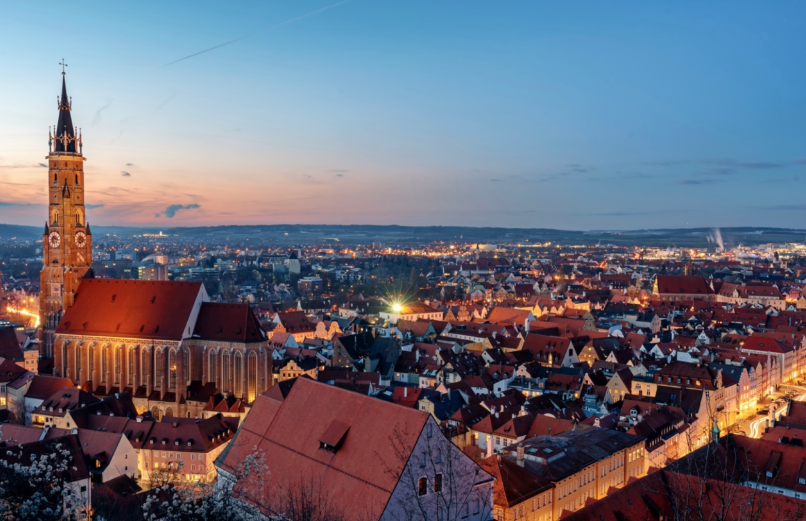
Landshut Cathedral tower in Landschut, Bavaria, Germany

Qutub Minar minaret in New Delhi
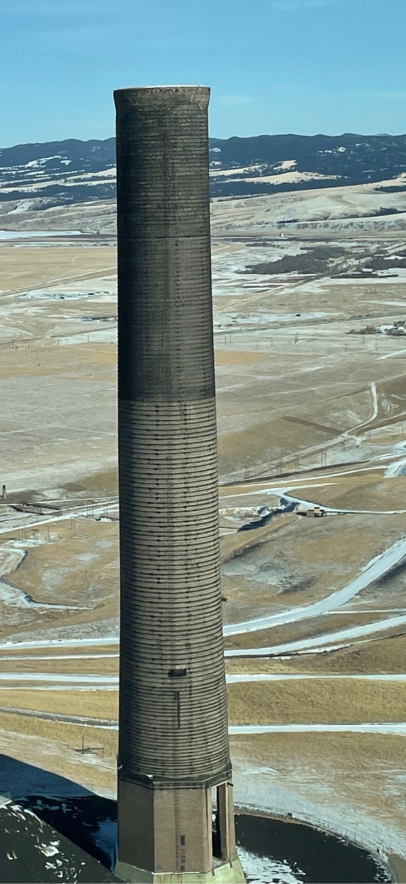
The Annaconda Smelter Stack in Montana
Some brick quotes
“Architecture starts when you carefully put two bricks together. There it begins.”
Ludwig Mies van der Rohe
“You can’t build with someone who is not prepared to help carry the bricks.”
Unknown
“We’re in a giant car heading towards a brick wall and everyone’s arguing over where they’re
going to sit.”
David Suzuki
“Sometimes life hits you in the head with a brick. Don’t lose faith.”
Steve Jobs
Brick uses
Bricks are used for walls, sidewalks, cladding tall buildings as well as cladding residential buildings for decoration.
Often brick pathways are used for fundraising especially around churches and in restoration events. Persons can purchase an engraved brick. A very good idea as the actual cost of the brick is nominal but amounts raised can be significant.
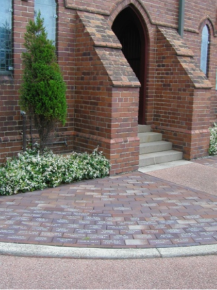
Brick walls are used to construct raised garden beds, walled courtyards, garden follies or small pavilions, walled kitchen gardens providing charming sheltered enclosures.
Following are some images from different parts of the world using bricks for superb effect and function.
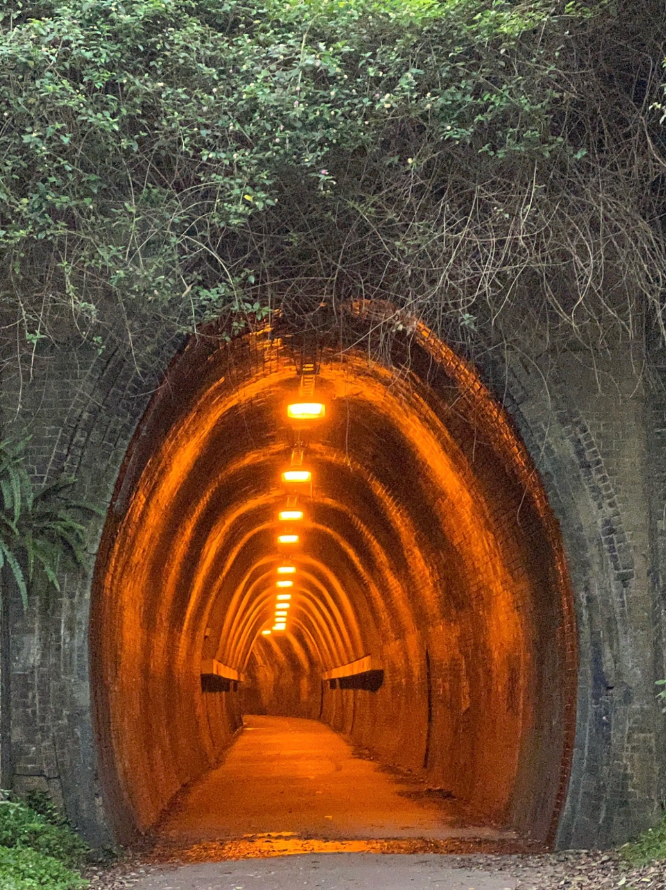
The Fernleigh track in Newcastle, Australia
An unused brick lined railway tunnel now a part of a walking/cycling path.
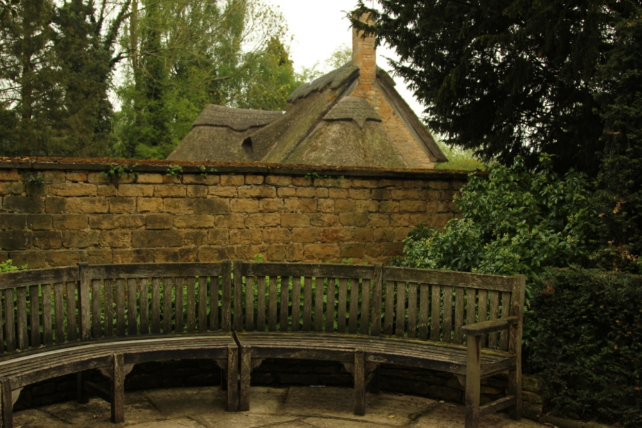
Walled gardens at Hidcote UK above, and Sissinghurst below
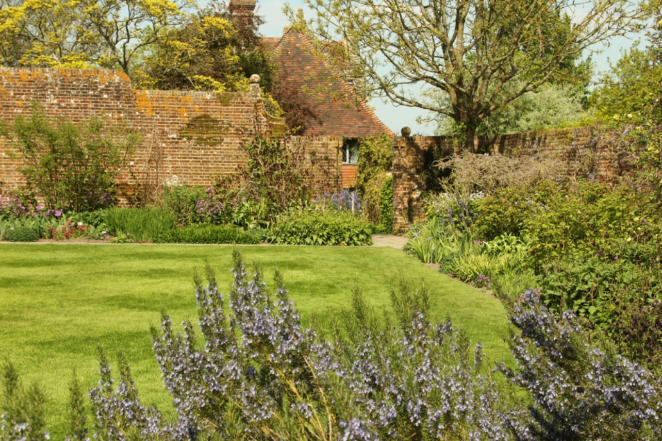
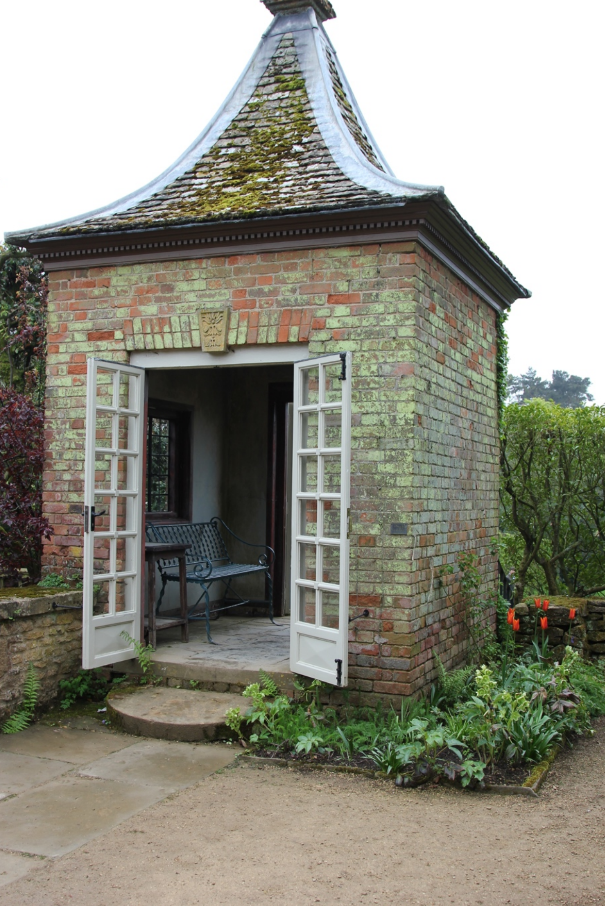
An absolutely charming Sissinghurst Garden pavilion
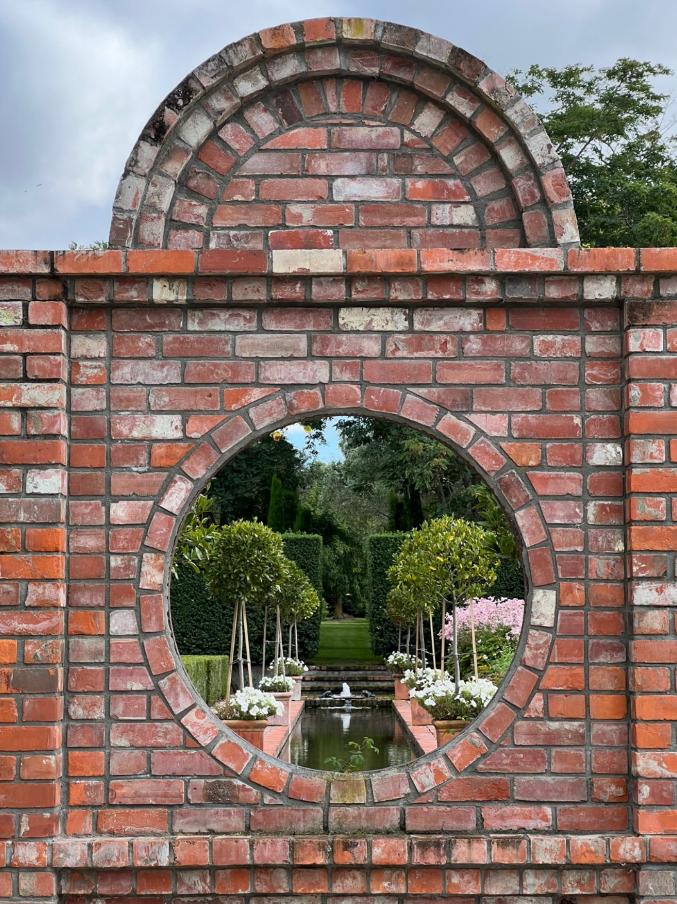
Winterhome garden New Zealand
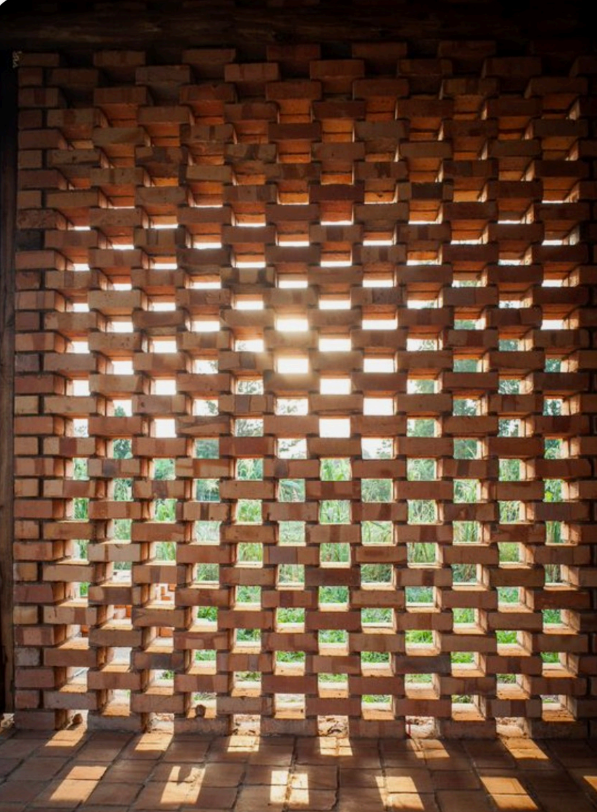
The ‘Ross Langdon Health Education Centre’ is a small community hall located in the village of
Mannya in Rakai, South-western Uganda. Photo: Will Boase Photography Arch daily.com
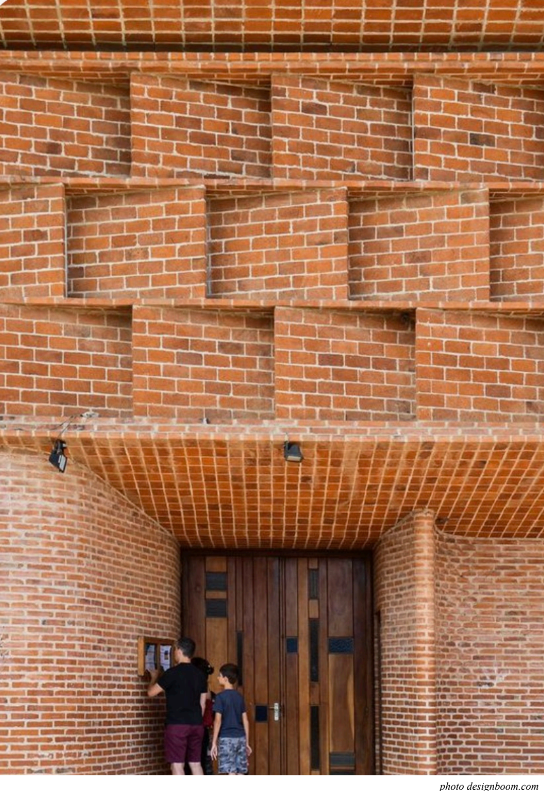
The Intricate, Undulating Brickwork at Eladio
Dieste’s 1960 Cristo Obrero Church in Uruguay
Focus on Chicago
In Chicago’s early brick buildings after the fire, it was a common practice to use Chicago common bricks tucked away on the sides and back of buildings, and to use smoother face bricks for the front. (to be seen) We can still see them today. Here below are examples of a Chicago common brick and a face brick.

Chicago Common brick
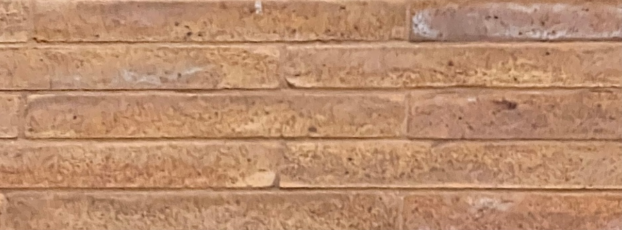
Face brick
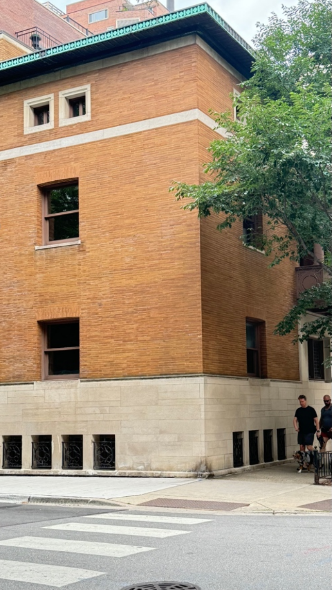 |
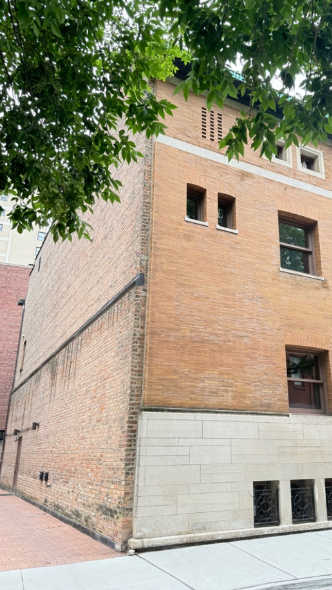 |
Charnley – Persky House on Astor street, showing front face bricks and Chicago common brick in the back

A further feature of the Charnley House is the use of this brick pattern for ventilation
Recently Will Quam established Brick of Chicago. An architecture photographer, writer and researcher, he loves bricks.
He conducts nine different neighborhood tours featuring bricks : their history, design, patterns and type. He can help you see what the city is made of. Conducted by Will, he points out hidden features of chosen buildings with fun and interesting facts and stories. Being a photographer he has images which show Chicago in its best light.

Brick of Chicago can teach the history of bricks, types of patterns, names of the surfaces of each brick, types of bonds (being the WAY bricks are laid.)
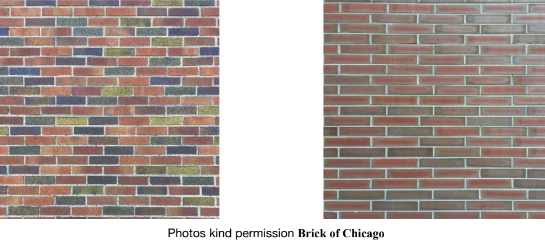
Here for instance are two examples of different bonds.
On the left Stretcher Bond and on the right Raking Stretcher Bond.
Brick of Chicago run tours frequently, with wonderful quality, moving tourees though the neighborhoods with respect for other pedestrians, good amplification, enthusiasm and accuracy. Go to the website for elaboration of available tours as well as brick information.
Chicago Brick buildings
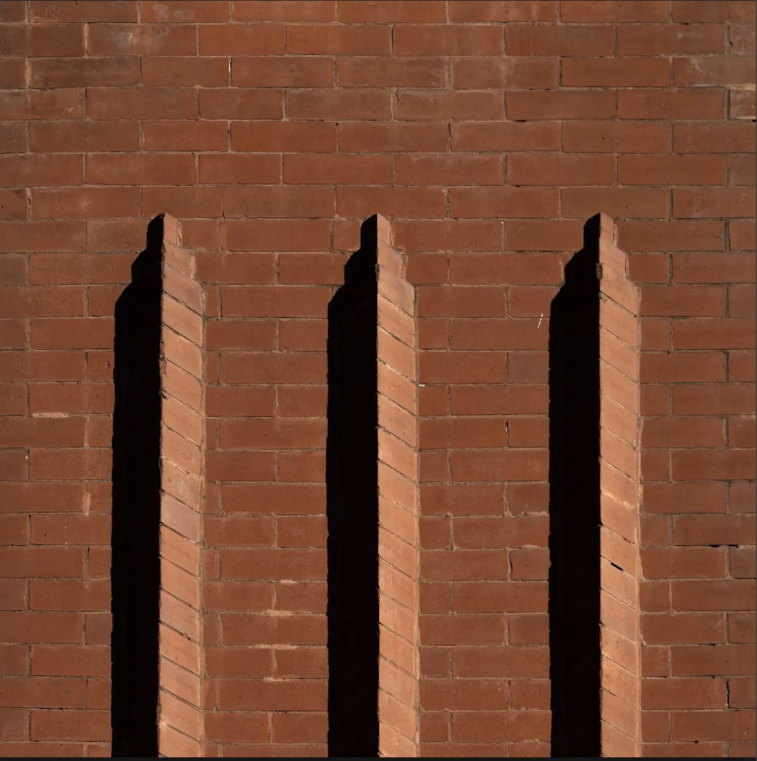
Dog toothed design in brick building Noble Square Chicago Photo: Brick of Chicago

The entrance to the Medinah Temple Chicago Photo: Brick of Chicago
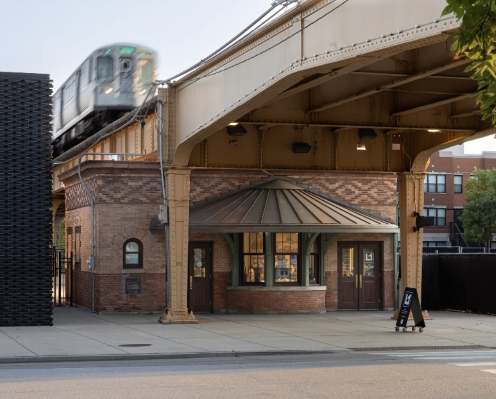
Garfield subway station Chicago Photo: Brick of Chicago
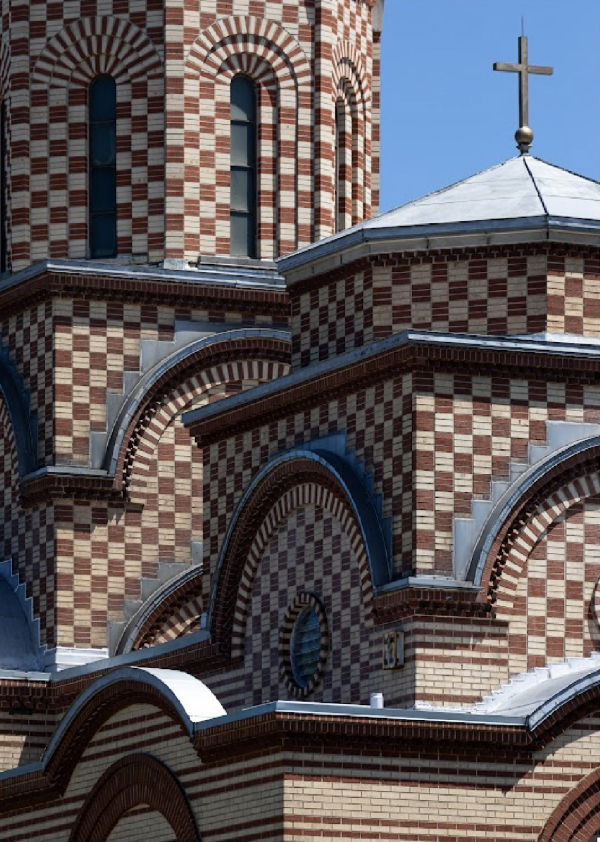
St. Simeon Mirotochivi Serbian Orthodox Church, Chicago Photo: Brick of Chicago
Once alerted to observing bricks, it is amazing what is noticed.

Theodore Roosevelt High school. W. Wilson Ave, Chicago
 |
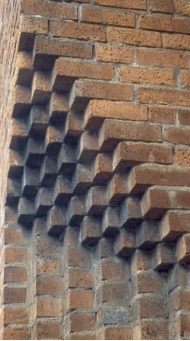 |
 |
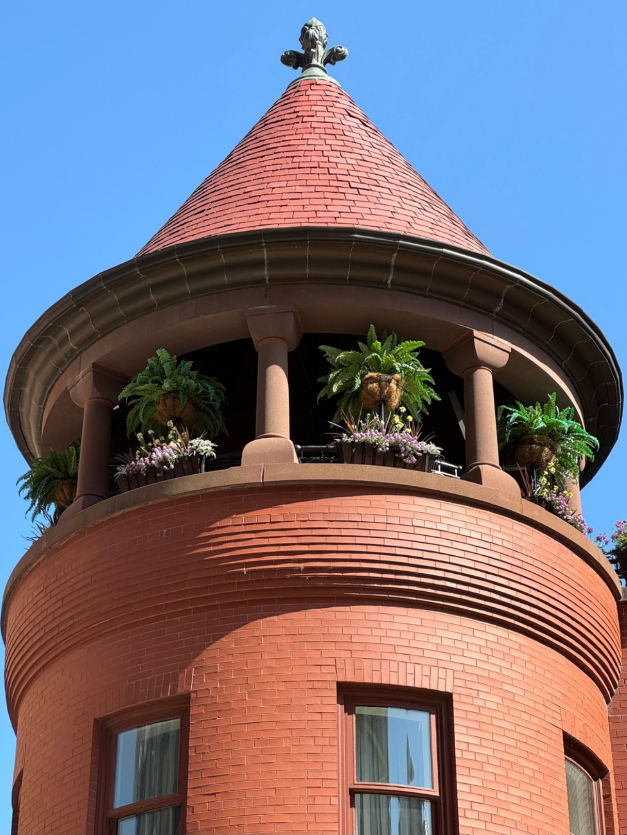
What a sight – the lovely residential brick tower in Gold Coast Chicago

Photo: Brick of Chicago
‘And I will huff, and I will puff, and I will blow your house down……..’
I don’t think this is possible in the building with the glorious entrance to 323 S. Racine, designed by SGW architecture & design.
Notes and Links:
Photo of Jill by Joe Mazza, Bravelux inc.
Photos copyright © 2024 Jill Lowe. All rights reserved
Images from Shutterstock license
Brick of Chicago



